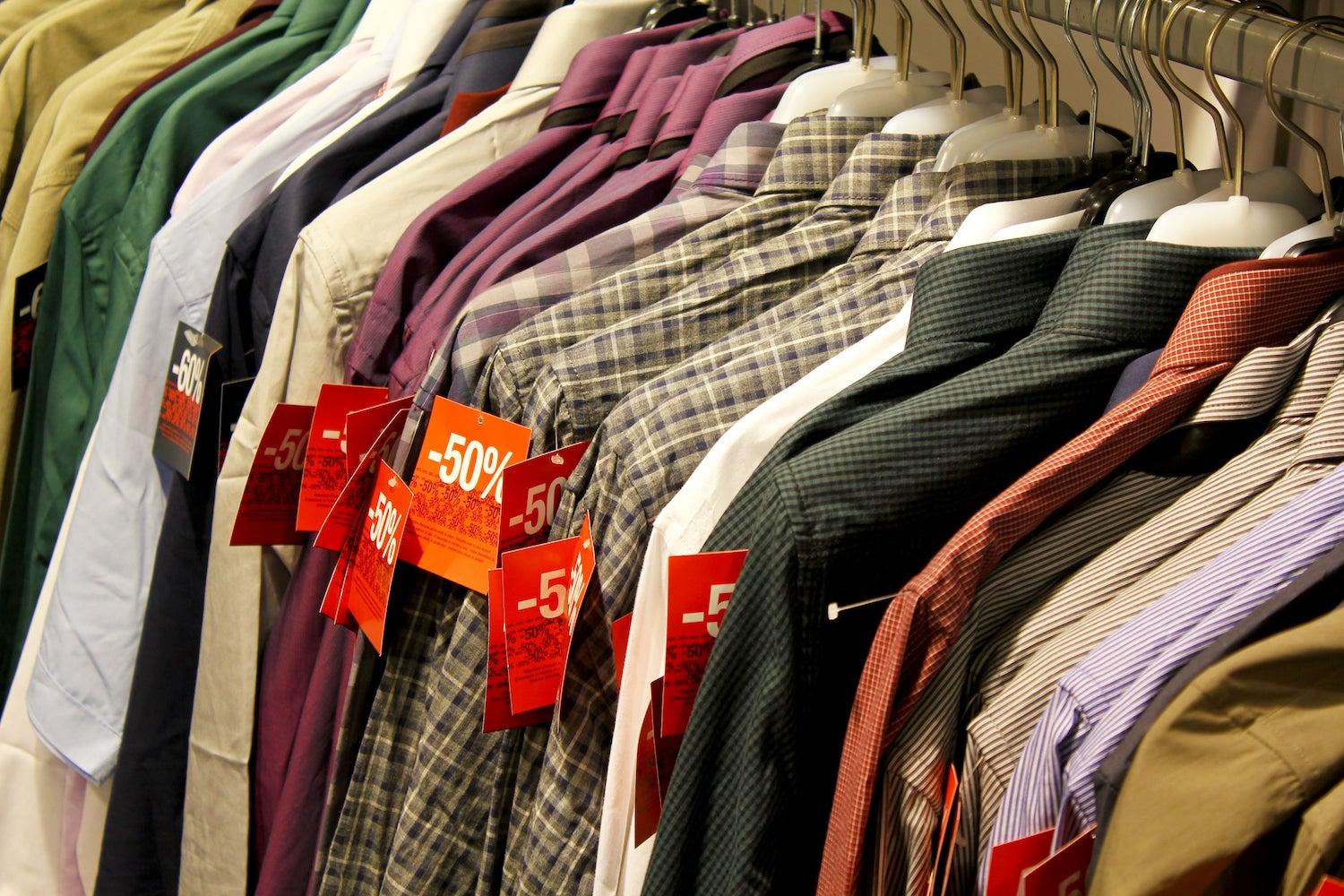Notifications

8 minutes, 4 seconds
-65 Views 0 Comments 0 Likes 0 Reviews

As the world evolves, so does the fashion industry—blending innovation, sustainability, and individuality into designs that redefine how we express ourselves. In 2025, fashion isn't just about clothing—it's about storytelling, culture, and conscious choices. From AI-powered wardrobe tools to futuristic fabrics, this year’s trends reflect a dynamic mix of technology, nostalgia, and sustainability.
Wearable tech has evolved from simple fitness trackers to fully integrated garments that adjust temperature, track hydration, and even monitor stress levels. Fabrics embedded with nano-sensors provide health insights, while AI-based tailoring apps customize fits with precision. Brands like LOOMi and ModeNet are leading this revolution, making everyday wear smarter and more functional.
Just like how the long-lasting disposable vape has transformed portable vaping with consistent performance and sleek utility, tech-tailored fashion brings durability and innovation into everyday wear.
2025 is the year of you. The fashion industry has embraced AI-powered styling tools that suggest outfits based on personal preferences, climate, calendar, and even your mood.
Apps like Clotho and StyleMind use machine learning to curate personalized digital closets, streamlining your style experience. This trend reflects a growing desire for authenticity in personal appearance—where self-expression outweighs conformity.
No more impulse purchases or ill-fitting trends. Hyper-personalization ensures your wardrobe reflects your identity, lifestyle, and values.
In 2025, the focus has shifted from “sustainable” to regenerative fashion. Brands are moving beyond reducing harm to actively replenishing the environment. This includes biodegradable materials, algae-based fabrics, lab-grown leather, and waterless dyeing techniques.
Circular fashion—where products are designed to be reused, repaired, and recycled—is now a dominant business model. Resale platforms, clothing rental services, and take-back programs are becoming standard. Look out for QR-coded tags offering full transparency.
The nostalgic fashion wave continues, but in 2025 it’s taking on a futuristic twist. Think: 90s minimalism meets Y2K maximalism, with holographic finishes and reimagined vintage silhouettes.
From wide-leg cargos and baby tees to baguette bags and jelly shoes, iconic pieces from the past return with modern upgrades. Expect metallic fabrics, mesh tops, butterfly motifs, and low-rise denim—but refined for today's sensibilities.
Driven by Gen Z and Gen Alpha, this trend is as digitally influenced as it is stylish. Much like how high puff vape devices cater to those who value endurance and flair, this trend brings back boldness with a tech-savvy edge.
2025 celebrates clothing as a canvas of self-expression, not a category bound by gender norms. Designers are embracing unisex silhouettes, fluid tailoring, and pieces that can be styled in countless ways.
From runways to streetwear, androgynous fits and inclusive sizing are becoming the norm. Brands like Collina Strada, Telfar, and Thebe Magugu are pushing boundaries and proving that fashion’s future is inclusive.
Bold prints, clashing colors, exaggerated textures, and layered looks are making a comeback.. This year’s fashion week runways explode with floral-on-stripes, oversized outerwear, embroidered denim, and statement accessories.
Designers are tapping into regional textiles, heritage crafts, and multicultural storytelling. Fashion has become an art form that celebrates life loudly and proudly.
Luxury fashion in 2025 has undergone a transformation—and it's greener than ever.
Eco-luxe merges opulence with ethics. From plant-based silks to recycled gold trims, today’s high-end brands are designing for both elegance and environmental responsibility. Blockchain is now used to verify sourcing, while transparent supply chains and biodegradable packaging are expected.
Consumers are redefining luxury—not by brand labels, but by values. Wearing eco-luxe today is making a style statement and a social one.
Fashion has officially gone virtual.
Digital clothing is booming in 2025. People now dress their avatars in exclusive designer outfits, own NFT collections tied to luxury items, and even attend digital runway shows. Brands are launching "phygital" collections—garments that exist both online and in real life.
Just as long-lasting vape devices provide extended use and satisfaction, digital fashion offers users endless creativity, sustainability, and customization—without the material waste.
Amid bold statements, another trend whispers its way into fashion culture—quiet luxury.
Inspired by popular media like Succession, this aesthetic favors minimalist tailoring, high-quality craftsmanship, and timeless pieces. No logos, no noise—just understated refinement. Think neutral palettes, elevated basics, and garments made to last a lifetime.
It’s about sophistication without flash, proving that how you wear something is more important than what it costs.
Fashion in 2025 is built for real life.
Modular clothing—convertible jackets, pants that zip into shorts, bags that transform into vests—is on the rise. These pieces cater to fast-paced, mobile lifestyles. Adaptive fashion has also advanced with pieces designed for people with disabilities, featuring magnetic closures, seamless fabrics, and flexible sizing.
Function is no longer an afterthought. It’s integrated into design from the very beginning.
Fashion in 2025 is an extraordinary blend of progress, playfulness, and purpose. Whether it's through futuristic tailoring, circular design, or immersive digital wardrobes, one thing is clear: fashion is no longer just about what we wear—it's about what we believe in.
This year isn’t about chasing trends—it’s about making intentional choices that reflect your lifestyle, values, and creativity. Just as long-lasting disposable vapes and high puff vape devices stand for innovation and durability, 2025 fashion celebrates resilience, bold self-expression, and conscious evolution.

